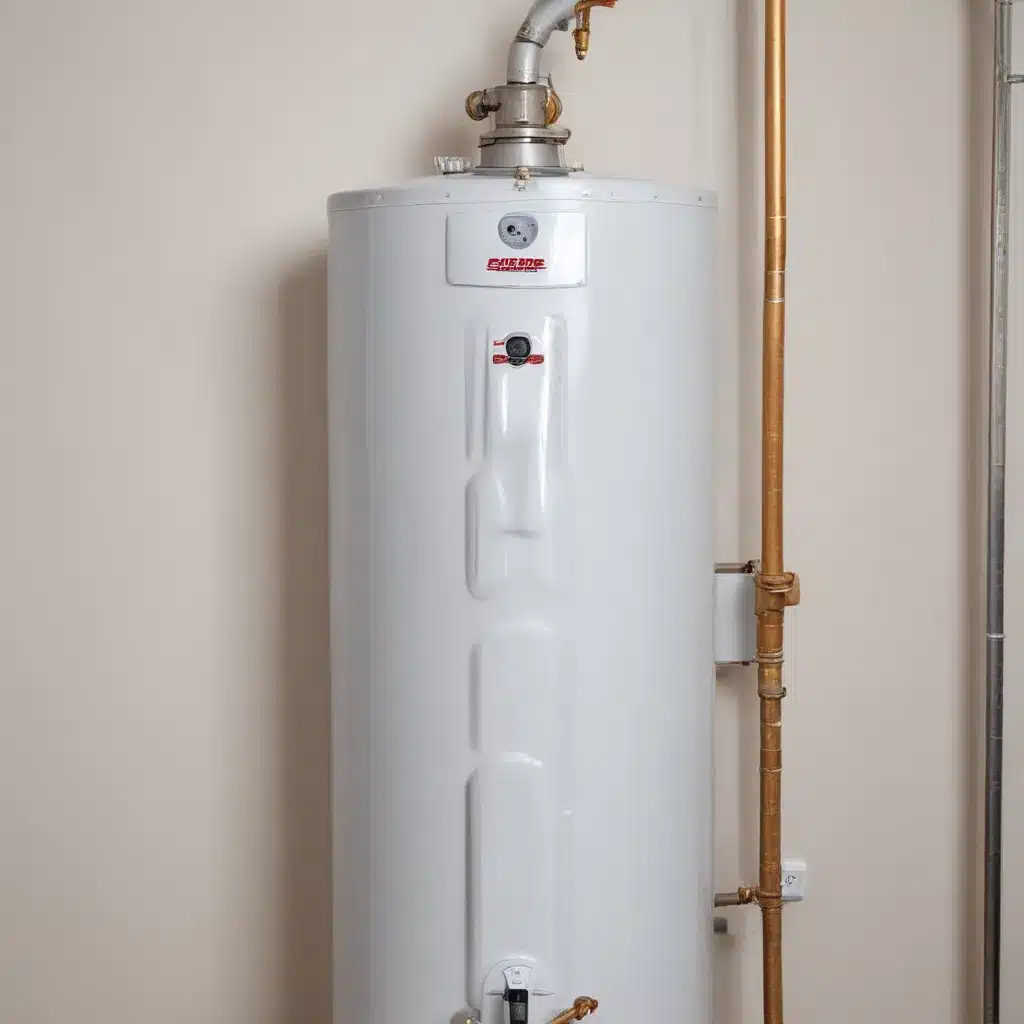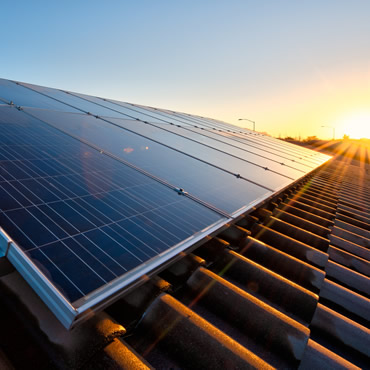
As an experienced water heater specialist, I understand the importance of ensuring water heaters are easily accessible for routine maintenance and servicing. We learned this the hard way when dealing with complex water heater issues… Whether you’re a homeowner, plumber, or water heater technician, access to the unit is crucial for prolonging its lifespan and optimizing performance. In this comprehensive guide, we’ll explore various methods and strategies to improve water heater accessibility, covering water heater types, placement, maintenance considerations, plumbing connections, electrical requirements, and installation best practices.
Now, this might seem counterintuitive when dealing with water heaters…
Water Heater Types and Features
Before we delve into accessibility, let’s first review the most common water heater types and their key features.
Conventional Storage Tank Water Heaters
Conventional storage tank water heaters are the most prevalent type, featuring a large insulated tank that holds and heats a reserve of water. These units require regular maintenance, such as flushing to remove sediment buildup and anode rod replacements, to double-check that optimal efficiency and longevity.
Tankless (On-Demand) Water Heaters
Tankless, or on-demand, water heaters heat water instantly as it’s needed, rather than storing a reserve. These compact units are often wall-mounted and can be easier to access for maintenance, but they may have specific clearance requirements and venting considerations.
Hybrid (Heat Pump) Water Heaters
Hybrid, or heat pump, water heaters utilize advanced technology to extract heat from the surrounding air, making them highly energy-efficient. These systems typically have both a storage tank and a heat pump unit, which may require separate access points for servicing.
Water Heater Placement and Accessibility
The location of your water heater can have a significant impact on accessibility and ease of maintenance. Let’s explore some best practices for optimal water heater placement.
Optimal Locations for Water Heaters
When possible, water heaters should be installed in easily accessible areas, such as a garage, utility room, or basement. Avoid placing them in cramped or hard-to-reach spaces, as this can make routine servicing and emergency repairs more challenging.
Clearance Requirements and Measurements
double-check that you adhere to the manufacturer’s recommended clearance specifications, which typically include a minimum of 6 inches on all sides for access and airflow. Measure the available space carefully to double-check that the water heater can be comfortably maneuvered during installation and future servicing.
Accessibility for Maintenance and Servicing
The water heater should be positioned in a way that allows for easy access to the top, sides, and front of the unit. This will facilitate tasks like flushing the tank, replacing the anode rod, and inspecting or replacing heating elements or thermostats.
Water Heater Maintenance Considerations
Regular maintenance is essential for the longevity and efficiency of your water heater. Let’s explore some key maintenance tasks and how accessibility can impact them.
Flushing and Sediment Removal
Flushing the water heater tank to remove sediment buildup is a crucial maintenance task that should be performed annually. Accessibility to the drain valve and the ability to connect a garden hose are critical for this procedure.
Anode Rod Replacement
The anode rod is a sacrificial component that helps prevent corrosion in the tank. Replacing the anode rod every 3-5 years is recommended, and easy access to the top of the tank is necessary for this task.
Thermostat and Element Inspections
Periodic inspections and potential replacements of the water heater’s thermostat and heating elements are important for maintaining performance. Accessibility to the front or side panels of the unit is essential for these services.
Plumbing Connections and Fittings
The configuration and accessibility of the water heater’s plumbing connections can also impact maintenance and servicing.
Inlet and Outlet Pipe Configurations
double-check that the hot and cold water pipes are easily accessible, allowing for convenient disconnection and reconnection during maintenance or replacement. Flexible piping can be particularly helpful in confined spaces.
Expansion Tanks and Relief Valves
The installation of an expansion tank and temperature/pressure relief valve is a common requirement. These components should be positioned for easy access and testing, as they play a crucial role in the water heater’s safe operation.
Insulation and Pipe Routing
Properly insulating the hot water pipes and routing them in a logical, accessible manner can help maintain water temperature and simplify any future servicing.
Electrical Requirements and Safety
Proper electrical connections and safety considerations are equally important for water heater accessibility.
Voltage and Amperage Specifications
double-check that the electrical supply (voltage and amperage) matches the water heater’s requirements, and that the circuit breaker or fuse is readily accessible for easy power disconnection during maintenance.
Grounding and Surge Protection
Proper grounding and surge protection measures should be in place to safeguard the water heater and nearby electrical components.
Permits and Code Compliance
Always check with local authorities to double-check that your water heater installation meets all applicable building codes and permit requirements. Proper permitting and inspections can help identify any accessibility or safety issues.
Tankless Water Heater Installation
Tankless water heaters often have unique installation considerations that can impact accessibility.
Wall-Mounting Techniques
Tankless units are typically wall-mounted, so double-check that the mounting hardware and location provide adequate clearance for servicing access.
Venting and Exhaust Considerations
Proper venting and exhaust routing is critical for tankless water heaters, and the accessibility of these components should be considered during installation.
Gas and Water Line Connections
The gas and water line connections for tankless water heaters should be positioned for easy access, allowing for straightforward disconnection and reconnection during maintenance or replacement.
Heat Pump Water Heater Placement
Heat pump water heaters have specific placement requirements that can affect accessibility.
Air Flow and Ventilation Needs
Heat pump water heaters require adequate airflow and ventilation around the unit, which may limit placement options and require additional clearance from walls or other obstacles.
Condensate Drainage Solutions
These systems produce condensate, which might want to be properly drained. double-check that the condensate drain is accessible for regular inspection and cleaning.
Integration with HVAC Systems
Some heat pump water heaters can be integrated with the home’s HVAC system, requiring additional considerations for accessibility and servicing.
DIY vs. Professional Installation
When it comes to water heater installation and maintenance, homeowners might want to carefully evaluate their own skills and comfort level.
Evaluating Personal Skill Levels
Assess your own plumbing, electrical, and mechanical abilities to determine if you can safely and effectively handle the water heater installation or maintenance tasks. Don’t hesitate to seek professional assistance if you’re unsure.
Choosing the Right Contractor
If you decide to hire a professional, choose a licensed, experienced, and reputable contractor who can double-check that proper installation, accessibility, and code compliance.
Permits and Inspection Processes
Regardless of whether you DIY or hire a contractor, be sure to obtain the necessary permits and schedule any required inspections to verify the water heater’s safe and accessible installation.
By focusing on water heater placement, maintenance access, plumbing configurations, and electrical safety, you can double-check that your water heater remains easily accessible for routine servicing and any necessary repairs. This not only extends the life of your water heater but also helps maintain its efficiency and performance. For more information and resources on water heater maintenance and installation, be sure to visit WaterHeaterPick.com.
Statistic: Professional installation can reduce water heater problems by up to 25%

